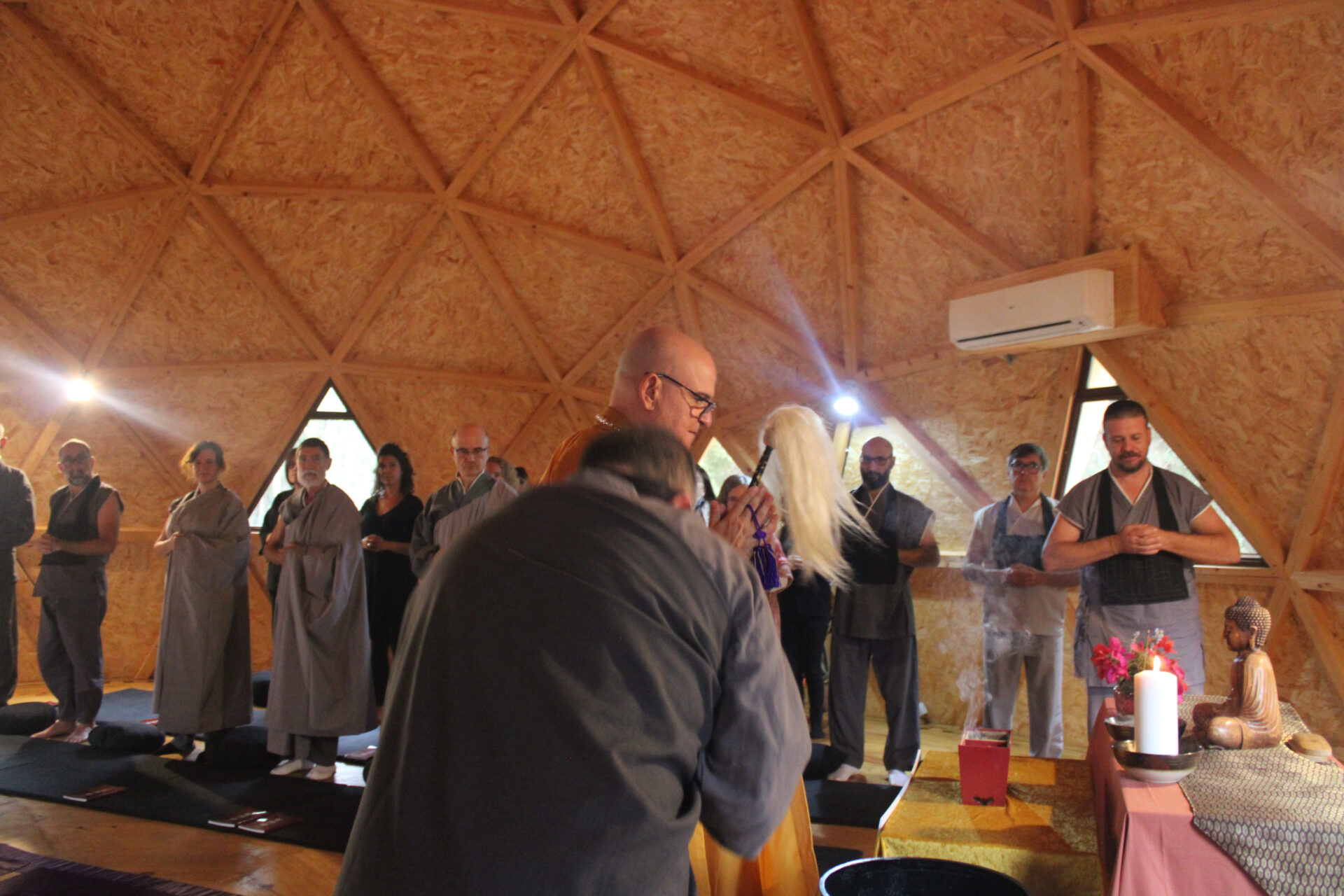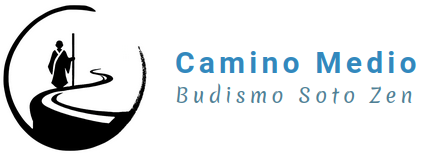In recent years, The word sect has been widely used to refer to any spiritual group that does not fit the social norm. However, The problem is not the existence of communities with different beliefs, but those that use manipulation, coercion and abuse to catch and control its members. When a group is structured around information control, The emotional or economic exploitation and the unquestionable authority of a leader, We are facing a sectarian structure. No spiritual tradition is exempt from this risk, and Buddhism, including Soto Zen, It is no exception. Although its principles and teachings encourage freedom and self -transformation, They can be distorted by groups that operate with a sectarian dynamic.
Dangerous sects are not defined both by their beliefs and their methods. One of the first indications is the control of information and thought. In these groups, access to external sources is restricted and any point of view that questions its doctrine is discredited. The idea is instilled that only within the group is the truth, While everything that comes from abroad is misleading or dangerous. Besides, Internal questioning is prohibited. Doubt is interpreted as a sign of lack of faith or betrayal, which prevents its members from developing critical and autonomous thought.
Another key feature of sects is emotional manipulation. An atmosphere of guilt and fear that keeps people in a state of dependency is generated. They are felt that, If they leave the group, will be convicted of failure or unhappiness. The idea is instilled that any personal problem is the result of its lack of commitment or errors made in past lives. This strategy prevents people from objectively analyzing their situation and keeping them tied to the structure of the group.
Isolation is also a frequent tactic in sects. The links with family or friendships that are not part of the group are discouraged and a bubble is created in which members only interact with each other. In more extreme cases, People are pressed to leave studies, jobs or any activity that does not directly benefit the organization. The purpose of this isolation is to weaken external ties and make the person depend exclusively on the group for their identity and their sense of belonging.
Another key element in the structure of a sect is economic and personal exploitation. Members are required to contribute economically, justifying it as a necessary sacrifice for its spiritual growth. On many occasions, It presses to deliver personal assets, inheritances or even work without compensation for the benefit of the group. The lack of transparency in the management of the funds reinforces the dependency and turns the organization into a pyramidal structure where a few benefit at the expense of the efforts of many.
In the center of these control dynamics there is usually an unquestionable authority figure. The leader of a sect presents himself as someone with special knowledge or powers, whose word is law. You cannot question or correct, and their decisions affect all aspects of the life of their followers. This is the clearest signal of a sectarian structure: The total dependence of a figure that is proclaimed as the only source of truth and spiritual guidance.
Buddhism, And in particular the Soto Zen, can be affected by these same dynamics if their principles are distorted. Although the Soto Zen tradition emphasizes autonomy and personal research, There are cases in which a community or a teacher can lead to sectarian practices if the dependency is encouraged instead of independence in practice. You have to differentiate a healthy community from a control structure.
In a healthy Soto Zen community, The relationship between teacher and disciple is not based on submission or blind obedience, but in an accompaniment in the way of awakening. A teacher is not a figure of absolute power, but a practitioner with more experience, whose function is to guide others in their practice. Does not impose beliefs or demand personal fidelity, It offers tools so that each person can discover their own path on their own.
While in a sect the leader dictates all the rules, In a Soto Zen community, decisions do not depend on a single person, They are shared in community meetings. The community is not owned by anyone, but a space of sustained practice between all and all. Responsibilities are distributed and roles rotate, So there are no rigid hierarchies or untouchable figures. Each person has the freedom to question, dialogue and contribute in the construction of the practice space. At the same time, There is natural respect for veteranía in practice, recognizing the experience of those who have traveled the way for a longer time. However, This respect does not translate into an unquestionable authority, but a guide based on coexistence, The example and knowledge transmitted through joint practice.
The fundamental difference between a sect and a Buddhist community is also manifested in the relationship with personal freedom. In the Soto Zen, The question is welcome and it is recognized that true understanding arises from direct experience, Not from obedience to a dogma. People are encouraged to explore themselves, instead of blindly follow what is told. Teaching is not based on fast lighting promises or the sale of mystical experiences, but in a daily practice of internal transformation and compassion development. Unlike sects, where isolation is the norm, In a Soto Zen community it is not required to cut ties with the outside world. It is understood that practice must be integrated into everyday life and that family relationships, social and labor are part of the spiritual path. The community does not seek to catch people or make them depend on it, but to provide a learning space where each one can grow at their own rhythm and in their own circumstances.
The economic aspect also makes a big difference. Economic contributions are voluntary and proportional to the possibilities of each person. No exorbitant payments are required or pressed for personal goods to be donated. The funds are managed transparently and their only purpose is the support of the community and practice, No personal enrichment of those responsible.
The best way to identify whether a group is an authentic community or a control structure is to observe whether it promotes freedom or dependence. When the spiritual path is based on direct experience, dialogue and mutual respect, We are facing a genuine community. And, on the contrary, We are demanded blind obedience, Isolation and submission, It's time to turn on alarms. As the Buddha said: «Do not believe in my words. Practice and verify for yourself. "

